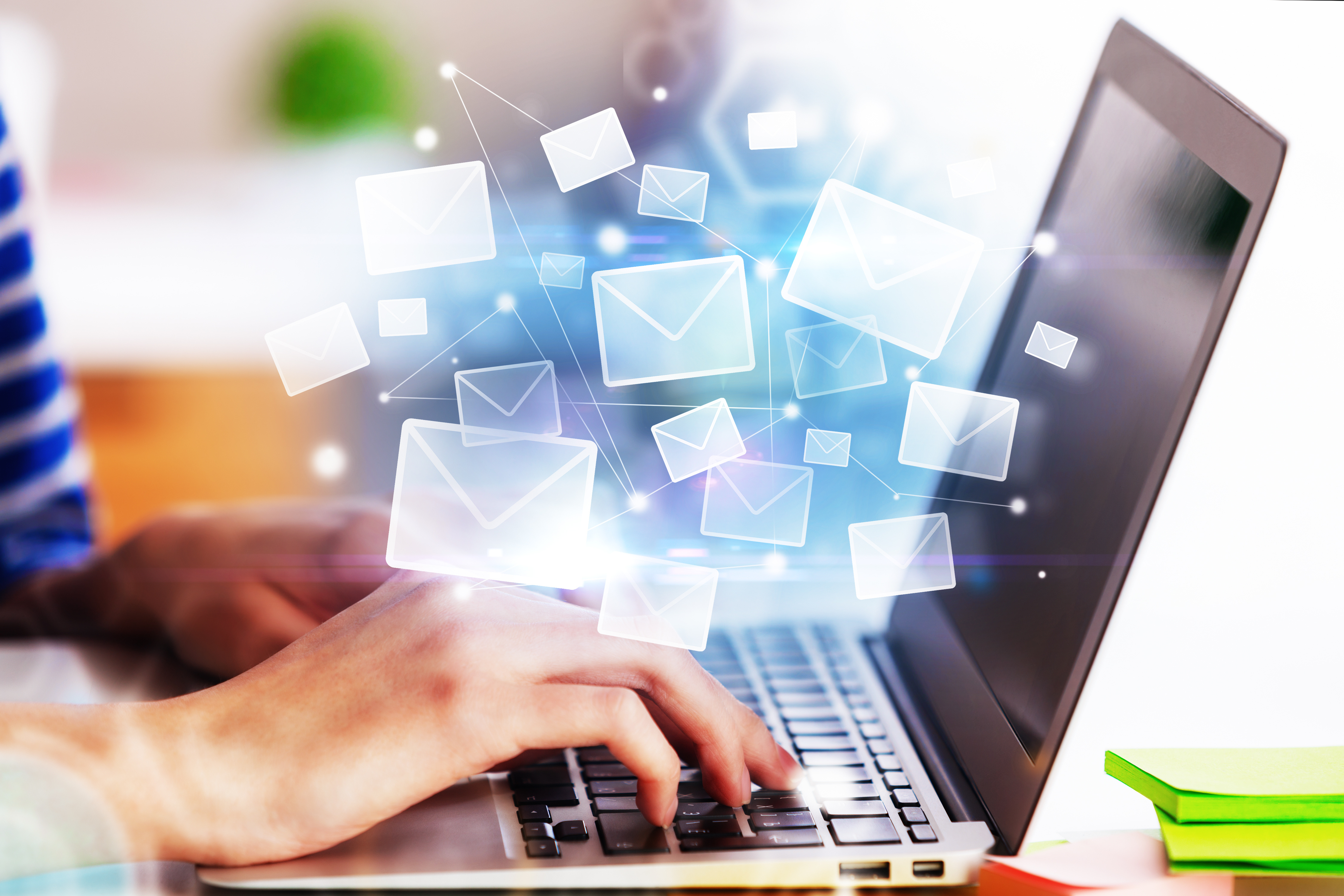Digital Organization - Managing Your Email

In a paperless world, email is the most common way to stay in touch with your colleagues and peers. Our inboxes become filing cabinets instead of tasks we need to complete or things we want to remember and keep track of, instead of what they're really for: receiving and responding to information sent by someone else. It can be overwhelming to manage your inbox.
Not everyone has a goal towards Zero Inbox (and congratulations if you can achieve it!), but you can get to Manageable Inbox by making a few changes to how you use and manage your email.
Getting Your Inbox to Zero (or at least to Manageable)
- Set up labels. If there's an email you need to keep, you can create labels for your emails. Working on a project? Set up a label with the project name and move your emails to the label once you've read them. When the project is over, all your emails for the project will be in the same labeled "folder" and you can delete them all at once.
- Use Stars, Importance Markers and Custom Flags. Use different star icons or color flags to visually prioritize emails.
- Create tasks. If you are saving an email because you have a "to do" or a deliverable from the email, you can still make sure you're completing the ask by creating a task list. Google, the University's licensed email solution, has two functions specifically for tasks.
- Task List. You can create a task here by entering a name for the task, some details, and a due date. The task will also populate your Google Calendar if you select a due date, making it easy to keep track of when you need to something out, deliver a presentation draft, or return a phone call, for example.
- Google Keep. Google Keep is a note-taking app with the option to create a checklist. It's a good option for items you need to keep an eye on without a firm due date.
- Enable tabs in Gmail. Gmail allows you to enable tabs at the top of your inbox - not just on the sidebar where labels are managed. You can choose which tabs to enable in your Gmail box settings.
- Primary: Emails from colleagues and peers you know. These emails will not appear in other tabs. This is where the majority of your calendar invites and emails from other Brandeis email addresses will be received.
- Social: Messages from social networks (such as LinkedIn) and media-sharing sites.
- Updates: Automated confirmations, notifications, statements, and reminders that may not need immediate attentions. Common examples at Brandeis include "Someone shared a file with you" notifications from Drive and Box, InBrief, Moodle, and Brandeis Stories.
- Forums: Messages from online groups, discussion boards, and mailing lists.
- Promotions: Deals, offers, and other promotional emails.
- Change Your Inbox "type." Gmail lets you customize your inbox by keeping different types of email at the top of your inbox.
- Important first. Important emails are designated with a chevron icon and Gmail will keep those at the top of your inbox, regardless of read status.
- Unread first. All unread emails will be at the top of your inbox.
- Starred first. Any email you "star" will stay at the top of your inbox, regardless of read status.
- Customized Priority Inbox. You can customize how your inbox is set up by designating unread, starred, and important emails into sections in your inbox.
- Create Your Own Organizational Tools. Brandeis has a hot of digital solutions to help keep your organized to free up space in your email.
- Create a Google Sheet or Doc (or Excel or Word file). You can create checklists in Google Docs or Sheets. If you need to keep reminders, set up a spreadsheet or word document to keep a list of things you need to remember. For example, if you are keeping an email because it has a list of office supplies you regularly order, or approved vendors, or books you need to order, consider creating a shareable document that you can reference instead.
- Use digital Sticky Notes. For short-term reminders, the Sticky Note app, available on both Macs and PCs, can be a great way to keep track of something you need to do.
- Use OneNote. Brandeis has a license with Microsoft, allowing us to use the OneNote app. This is another tool you can utilize to keep track of lists, outlines, and tasks.
- Use Google Calendar. Set up calendar reminders for important things you need to keep track of.
- Empty your Spam and Trash folders regularly. Gmail auto-deletes your trashed emails after 30 days, but you can free up space faster by emptying them manually.